Vestibular Rehabilitation: An Effective Treatment for Dizziness
This article explains some of the most common causes of dizziness or vertigo, and explains when specialist vestibular rehabilitation might help. It is common to sometimes feel dizzy, but if you are worried about your dizziness, or if dizziness persists, you should see a doctor.
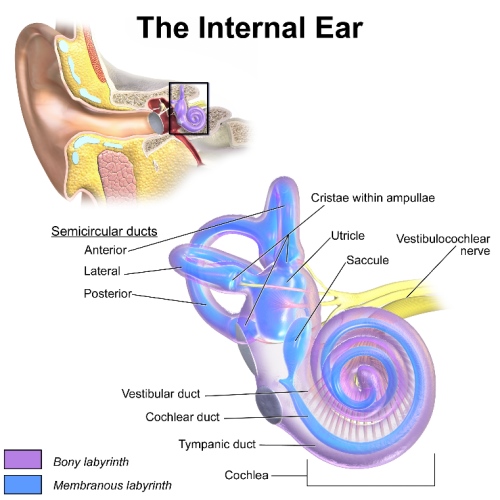 What is the vestibular system?
What is the vestibular system?
In each of our inner ears we have tiny structures that sense the position and movement of our heads. Nerves from our inner ears relay messages to the parts of the brain that process balance information. The inner ear apparatus along with the parts of the brain that sense and control balance is called the vestibular system. The system has two main functions:
- Maintaining our balance and posture.
- Maintaining the stability of our eyes and therefore clarity of our vision.
What causes dizziness?
Dizziness is caused when something goes wrong with:
- The structures of the inner ear, or
- The structures of the nerves within the brain that process balance. These nerves could be considered the ‘hardware’ of the brain, or
- The function of the nerves that process balance. This function could be considered the ‘software’ of the brain.
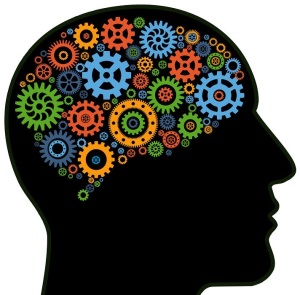
Benign Paroxysmal Positional Vertigo (BPPV)
This is the most common cause of dizziness. It causes brief acute spells of dizziness on getting into or out of bed, on rolling over, or on looking up or bending down. It is caused when tiny crystals dislodge and travel along one of the three semi-circular canals of the inner ear, causing it to send false signals to the brain. A specialist vestibular therapist or doctor can perform simple manoeuvres to test for BPPV and establish which ear, and which of the three canals within the ear, is affected. Fortunately, in the vast majority of cases, BPPV can be treated and eliminated immediately by a further manoeuvre designed to guide the crystals back to the chamber where they are supposed to be. Be cautious of self-treatment unless you have been instructed to do so by a specialist, and be cautious of treatment from someone not fully trained to identify the many variants of BPPV.
Other conditions affecting the inner ear
There are a number of other conditions affecting the inner ear that have been shown to improve with vestibular rehabilitation, including:
- Bilateral vestibular hypofunction
- Meniere’s disease: vestibular rehabilitation helps improve balance between attacks, but does not prevent attacks.
- Labyrinthitis or neuritis is a viral infection of the vestibular nerve, often accompanied by cold or ‘flu. Vestibular rehabilitation does not help in the acute stage, but can help the 50% of people who are left with longer term symptoms after the virus has resolved.
- Vestibular Schwannoma (also known as Acoustic Neuroma)
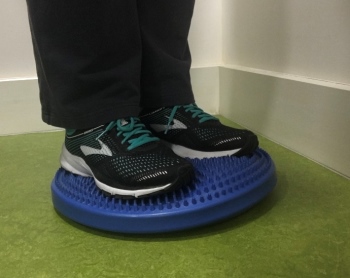
For these inner ear conditions your vestibular therapy assessment may take one hour in order to tease out different symptoms and their likely cause. Therapy for these conditions needs to be specifically tailored for each individual, but may start with eye and neck exercises to stabilise your gaze. It often takes about 4 weeks of eye exercise before you will be ready to progress to balance and habituation exercises aimed at making you confident about your balance.
Conditions affecting the structure of the brain (central nervous system)
The structure of the brain can be affected by:
- Multiple sclerosis. In people with MS, dizziness can be caused by demyelination of the nerves that control balance, but dizziness in MS is actually more often caused by BPPV (see above).
- Head injury. There is a high incidence of vertigo following even mild head trauma or concussion.
- Stroke can cause severe dizziness.
- Vestibular Migraine. This may require a two-pronged therapy approach, treating both the migraine itself to reduce frequency (see our article on acupuncture for migraine), and reducing the dizziness with vestibular rehabilitation.
Vestibular rehabilitation for structural central nervous system problems has been shown to be effective, but may take longer than treatment for inner ear problems. Your therapist will work with you to find exercises that you can do yourself at home and progress these when you are ready.
Conditions affecting the function of the brain
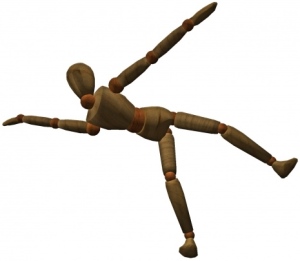
Persistent postural perceptual dizziness (PPPD) is due to a change in the functioning of the vestibular system without necessarily any structural damage being present. It is very common, and symptoms include chronic dizziness and unsteadiness that increases with movement or exposure to complex visual stimulus. Symptoms vary between individuals, so your vestibular therapist will assess which specific functions are troubling you before suggesting exercises and strategies to regain your vestibular function.
Many of us have experienced the sensation of movement after disembarking from a boat. But for some people that feeling goes on for weeks or even for years! Dizziness for more than one month after travelling is called Mal de Debarquement. It is now often thought to be a form of PPPD that can usually be treated with vestibular rehabilitation.
In Conclusion
Dizziness is complex; there are many other medical conditions not listed here that can contribute to symptoms of dizziness. If you have persistent symptoms or are worried about your symptoms you should see a doctor. Specialist vestibular rehabilitation therapy can improve or cure many of the most common causes of dizziness, but should only be undertaken by a specialist therapist with appropriate training.
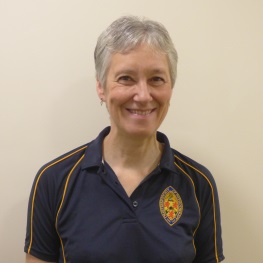 Margaret Gear has specialised in neurology for most of
her career, and has 15 years of experience in treating vestibular disorders. At
Yasp, with your permission, we will send a report including our vestibular assessment
findings to your doctor at no extra cost. Call Margaret on 01595 747074 to find
out whether she can help with your dizziness, or visit our contact page.
Margaret Gear has specialised in neurology for most of
her career, and has 15 years of experience in treating vestibular disorders. At
Yasp, with your permission, we will send a report including our vestibular assessment
findings to your doctor at no extra cost. Call Margaret on 01595 747074 to find
out whether she can help with your dizziness, or visit our contact page.
